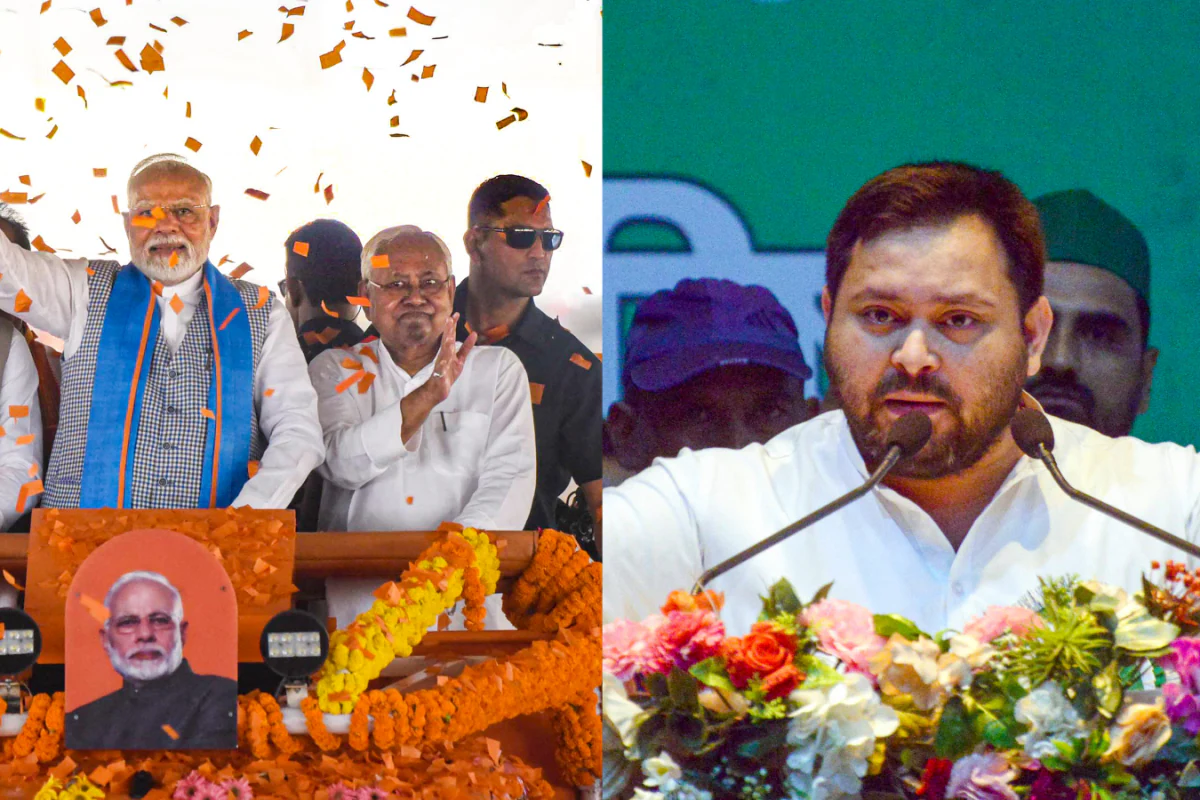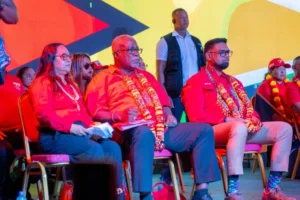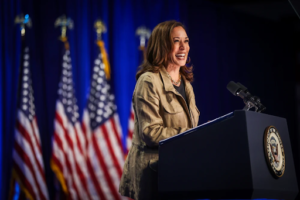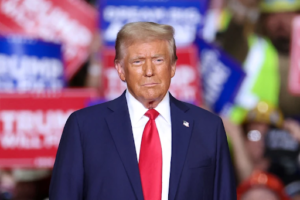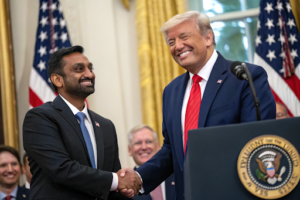Bihar Gears Up for a Fierce Political Face-Off
As Bihar heads toward the next round of elections, political temperatures are rising fast. The ruling Janata Dal United (JDU) and the opposition Rashtriya Janata Dal (RJD) have shifted into campaign overdrive, reigniting the age-old debate of “Jungle Raj vs Sushasan” — a narrative that has defined Bihar’s political battleground for over two decades.
Chief Minister Nitish Kumar’s JDU, now aligned with the BJP in the NDA fold, is doubling down on its message of good governance and development, while the RJD, under the leadership of Tejashwi Yadav, is seeking to tap into anti-incumbency and social justice sentiments.
But amid this ideological tug-of-war, a new and less talked-about element could play a decisive role: the changing composition of the electoral rolls.
Non-Resident Bihari Voters: The Silent Factor
One of the biggest concerns emerging across the political spectrum is the apparent weeding out of Non-Resident Bihari (NRB) voters from the state’s voter rolls. These are people who have migrated for work to other states or abroad but remain emotionally and politically connected to Bihar.
While many of them travel back during elections to cast their votes, recent updates to the electoral database — focused on eliminating duplication and outdated entries — seem to have disproportionately affected this group. This cleansing exercise, though part of routine Election Commission protocols, is being viewed with suspicion by both ruling and opposition parties alike.
Political observers note that even a marginal reduction in NRB voter participation could tilt outcomes in closely contested seats, particularly in urban centers like Patna, Muzaffarpur, Gaya, and Bhagalpur, where a significant portion of the electorate includes migrant families.
Echoes of 2010: Modi-Nitish Photo Flashback
Exactly 15 years ago, Patna and other parts of Bihar were flooded with posters showing then Gujarat Chief Minister Narendra Modi and Bihar Chief Minister Nitish Kumar — an image that symbolized a rare coming together of two strong regional leaders.
That moment, which many recall as the beginning of the end of their brief bonhomie, now echoes in today’s realignment of political forces. Nitish Kumar is once again back in the NDA fold, having made a dramatic political U-turn earlier this year, parting ways with the RJD-led Mahagathbandhan.
This twist has not only reshaped the contours of the upcoming election but has also left voters confused and cautious. The repeated shifting of alliances has made the ideological lines blurry and forced voters to recalibrate their loyalty based on local leadership, caste dynamics, and developmental promises.
‘Jungle Raj’ vs ‘Sushasan’: An Everlasting Debate
The BJP-JDU alliance is bringing back the familiar “Jungle Raj” narrative to target the RJD. The term refers to the lawlessness and alleged criminal-politician nexus that critics say marked the RJD’s 15-year rule in Bihar before 2005.
On the other hand, the RJD is aggressively challenging this label and pointing to current issues like unemployment, inflation, and rural distress. Tejashwi Yadav has sharpened his attacks on Nitish Kumar’s shifting loyalties and raised questions about the real achievements of “Sushasan Babu” over the past decade and a half.
In rallies and public speeches, Tejashwi is promising employment, better education, and healthcare infrastructure — themes that resonate strongly with the state’s youth, who constitute a significant part of the voting population.
Caste Equations and Alliance Math
Caste continues to be the central pillar of electoral politics in Bihar. While the BJP and JDU are banking on the support of upper castes, non-Yadav OBCs, and Mahadalits, the RJD-led alliance is counting on Yadavs, Muslims, and sections of Extremely Backward Castes (EBCs).
Smaller parties, like HAM (Hindustani Awam Morcha) and VIP (Vikassheel Insaan Party), could also play a spoiler role or emerge as kingmakers in tight contests. Both major alliances are in talks with these outfits to fine-tune their social coalitions ahead of candidate announcements.
Election Commission Scrutiny and Public Trust
While voter list revision is a regular exercise conducted by the Election Commission of India (ECI), the controversy over Non-Resident Bihari voters has sparked calls for greater transparency. Political leaders are demanding that the ECI release district-wise data on how many names were added and removed and ensure that genuine voters are not disenfranchised due to bureaucratic lapses.
The ECI has assured stakeholders of fair conduct and has encouraged citizens to verify their names through online portals and physical verification drives. However, the burden of correcting omissions often falls on ordinary voters, many of whom lack digital access or the time to follow up.
The Road Ahead: High Stakes and High Drama
As Bihar heads into what promises to be one of its most consequential elections in recent memory, the combination of shifting political alliances, re-emerging narratives, and silent electoral factors like the NRB vote make for a highly unpredictable scenario.
Will Nitish Kumar’s experience and administrative record help him retain his grip on power? Or will the RJD, led by a younger and more assertive Tejashwi Yadav, pull off a political upset? And most crucially — how will the reshaped electoral roll and migration patterns influence turnout?
Only time will tell. But one thing is certain — Bihar’s political theatre is once again alive with drama, uncertainty, and fierce contestation.

